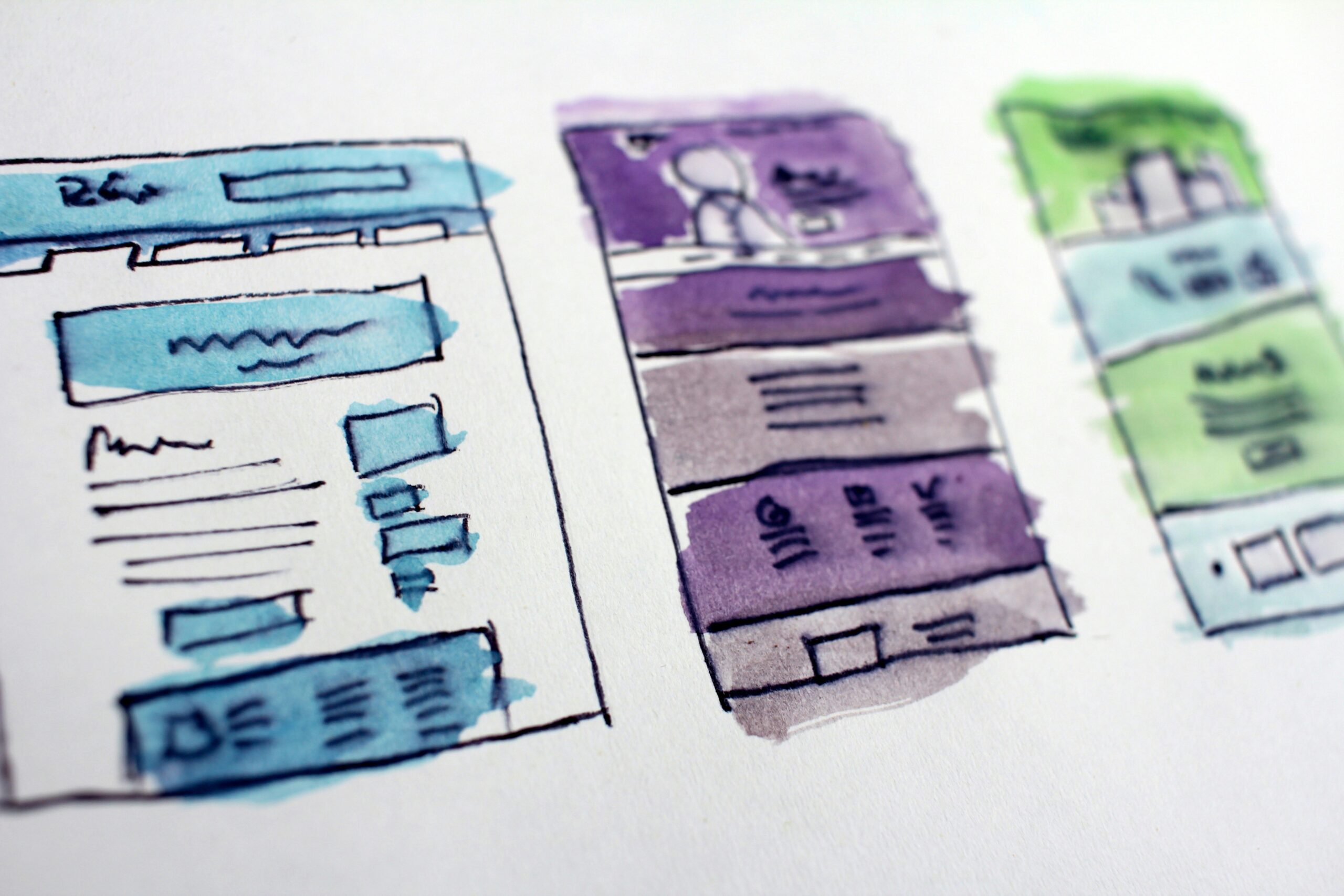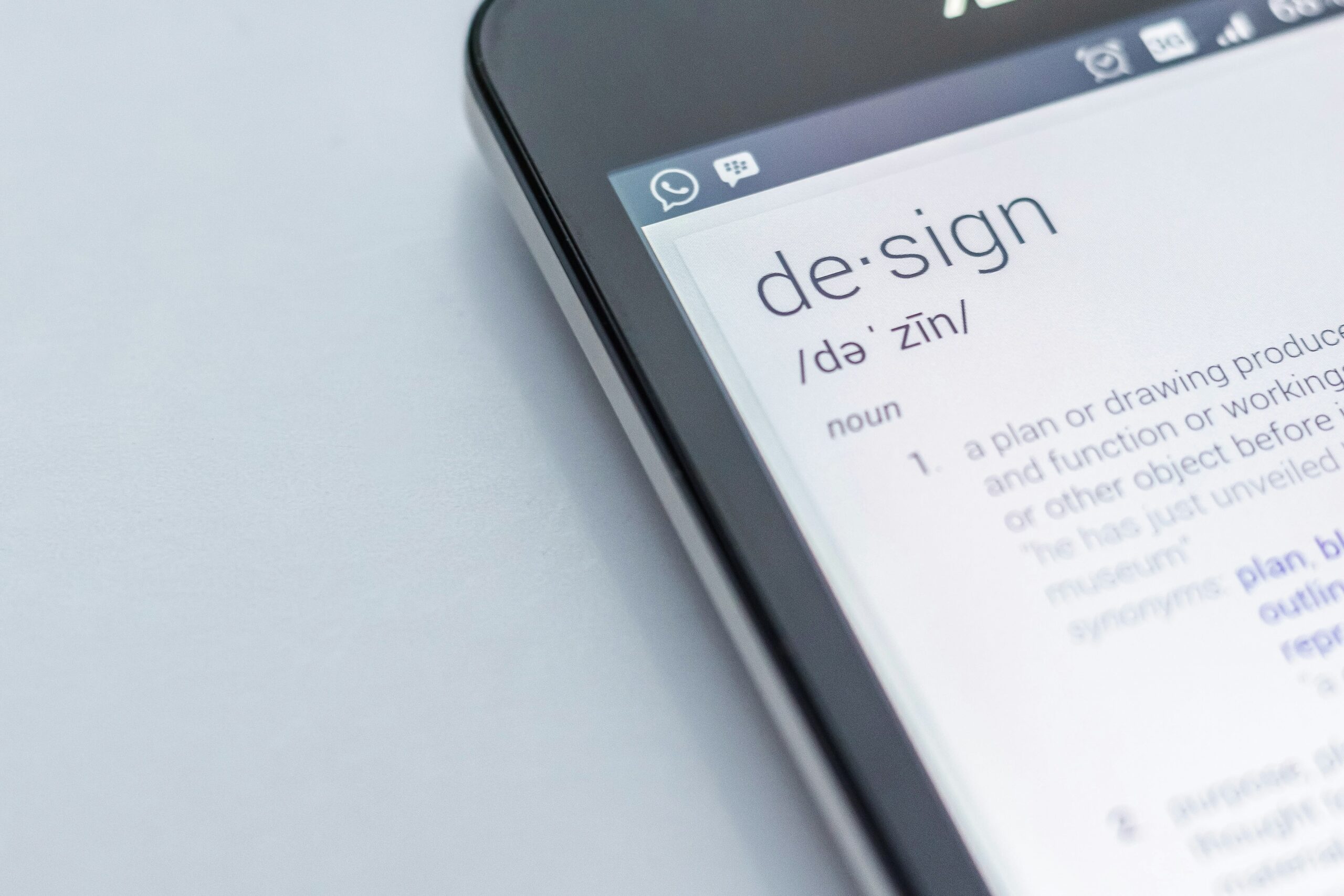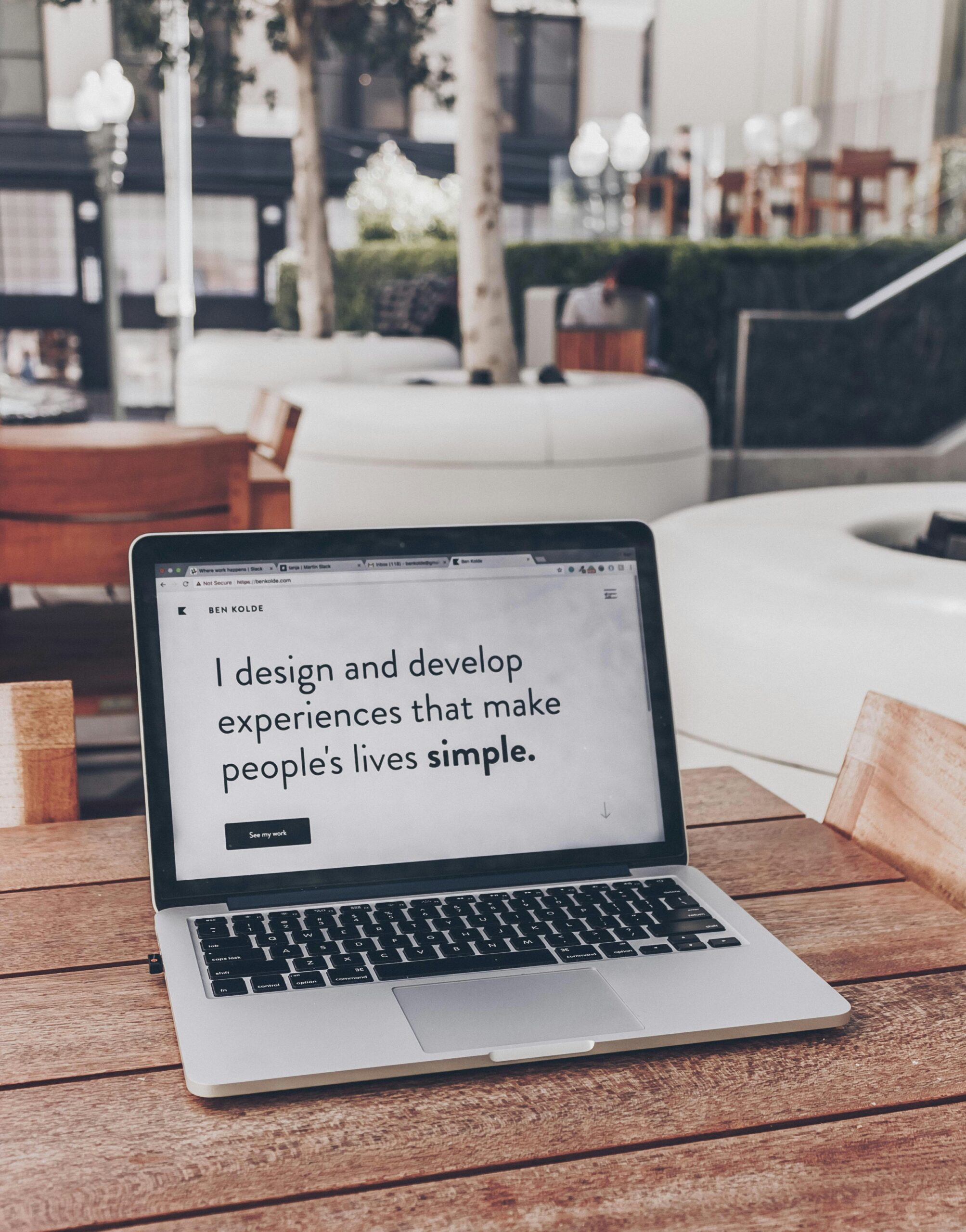In today’s digital landscape, user experience (UX) and user interface (UI) play a crucial role in determining the success of a website or application. With the growing expectations of users, businesses are constantly seeking ways to enhance the user experience and make it more personalized. This is where AI-driven personalization comes into play.
AI-driven personalization refers to the use of artificial intelligence algorithms and technologies to customize the UI/UX of a website or application based on individual user preferences. By leveraging machine learning and data analysis, AI-driven personalization aims to create a more tailored and engaging experience for each user.
One of the key benefits of AI-driven personalization is the ability to deliver relevant content to users. By analyzing user behavior, preferences, and past interactions, AI algorithms can understand what each user is looking for and provide them with personalized recommendations and suggestions. This not only saves users time and effort but also enhances their overall experience.
For example, imagine visiting an e-commerce website and being greeted with a personalized homepage that showcases products tailored to your interests and past purchases. This level of customization not only makes the user feel valued but also increases the chances of conversion and customer satisfaction.
AI-driven personalization also extends to the UI elements of a website or application. By analyzing user interactions, AI algorithms can determine the most effective placement of buttons, menus, and other UI components. This ensures that the user interface is intuitive and easy to navigate, further enhancing the overall user experience.
Moreover, AI-driven personalization can adapt the UI/UX based on the user’s device, location, and other contextual factors. For instance, if a user is accessing a website from a mobile device, the AI algorithms can optimize the UI to fit the smaller screen size and provide a seamless mobile experience. Similarly, if a user is browsing from a different country, the AI algorithms can customize the content and UI to align with local preferences and cultural norms.
Implementing AI-driven personalization requires a robust data collection and analysis system. By collecting and analyzing user data, businesses can gain valuable insights into user preferences, behavior patterns, and trends. This data can then be used to train AI algorithms and improve the accuracy and effectiveness of personalized recommendations and UI/UX customization.
However, it is essential to prioritize user privacy and ensure that data collection and analysis are done in a transparent and ethical manner. Users should have control over their data and be able to opt-out of personalized experiences if they wish to do so. By implementing proper data protection measures and obtaining user consent, businesses can build trust and foster long-term relationships with their users.
In conclusion, AI-driven personalization is revolutionizing the way businesses approach UI/UX design. By leveraging AI algorithms and data analysis, businesses can create a more tailored and engaging experience for each user. From personalized recommendations to customized UI elements, AI-driven personalization has the potential to enhance user satisfaction, increase conversion rates, and drive business growth. However, it is crucial to prioritize user privacy and ensure that data collection and analysis are conducted in an ethical and transparent manner. With the right implementation, AI-driven personalization can unlock a world of possibilities for businesses and their users.











Leave a Reply